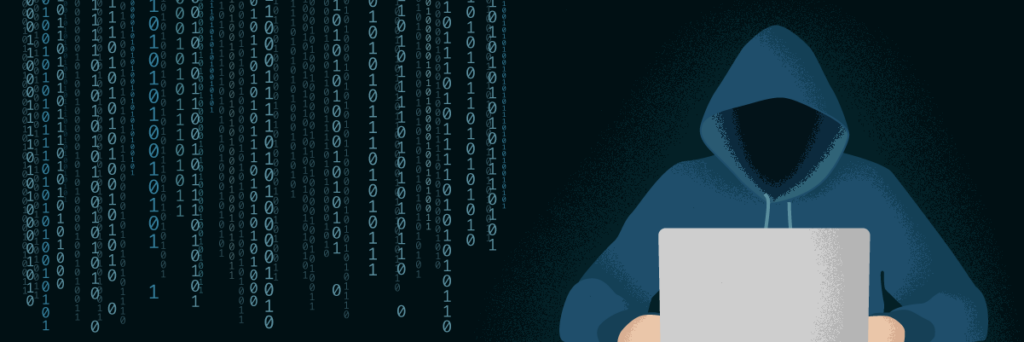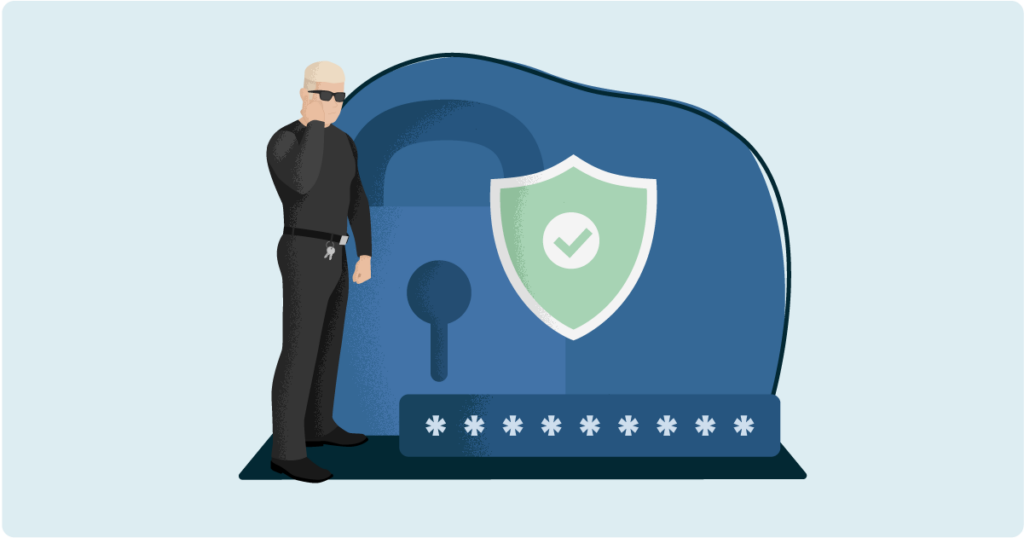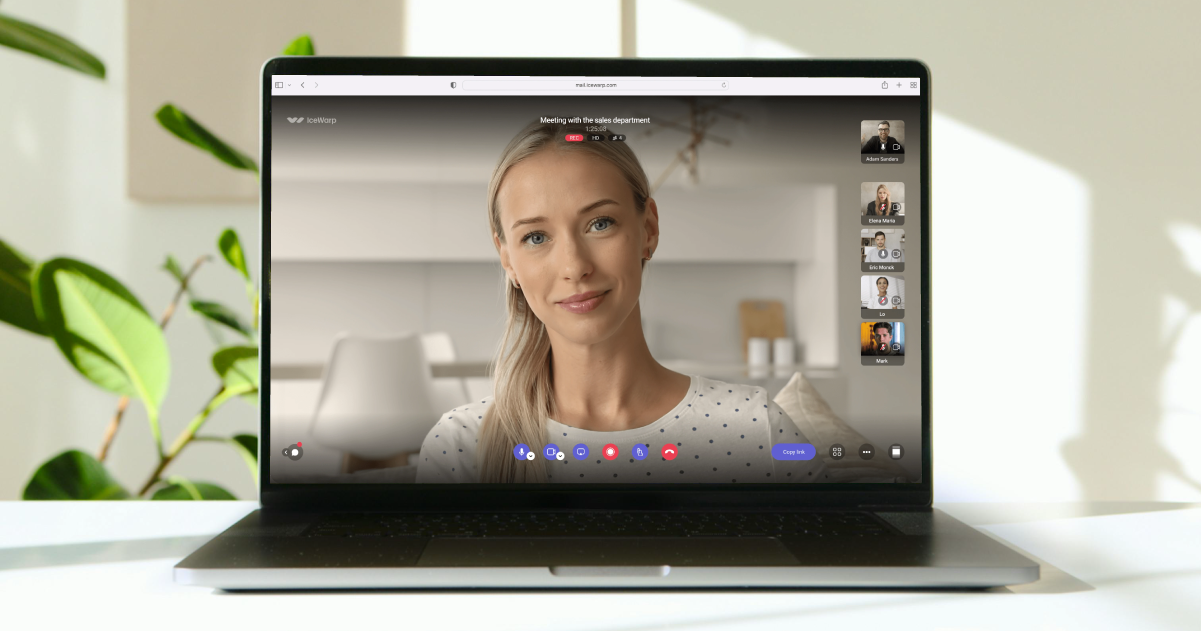What do you need to bear in mind with a password?
Why can't I use my secure password more than once?
How can I remember all these passwords?
Your password has been hacked - what now?
What is two-factor authentication?
What do you need to bear in mind with a password?
It is always said that you must keep your password completely secure. However, each platform has its own rules. Even if a somewhat simpler password (just letters and numbers) is requested, we recommend that you always follow the following criteria.
- At least 12 characters or more
- At least one special character ($, @, etc.), one number and upper/lower case letters
- A unique password that is not used on any of your other accounts
- No personal details about you or your family/friends (date of birth, license plate number, names, etc.)
- No easy-to-guess passwords such as "Pa$$w0rd123" or "qwerty12345"
- No reference to the account (e.g. the word "Super-G" is used for a ski club)
Why can't I use my secure password more than once?
If you have followed the above criteria, you are already on a very safe path. However, it can happen that a company suffers a security breach. You now use your strong password for Facebook, your private e-mail account, your WordPress site, etc. In this case, all these accounts are now affected and unprotected. If things go very badly, unauthorized persons change your password for your e-mail account. As a result, they can now easily change your Facebook password, for example, and confirm this by email.
How can I remember all these passwords?
It is almost impossible to remember the passwords for the countless online services. Never write down your passwords on a piece of paper or save them on your computer or smartphone in an unprotected area. Otherwise, this makes access very easy. Instead, we recommend using a password manager (e.g. Bitwarden, 1Password, KeePass or Keeper), which you can use to secure and manage your passwords. Ultimately, you only need to remember the secure master password, which then gives you access to your passwords, which are always encrypted. You also have the advantage of being able to use very long and complex passwords.

Your password has been hacked - what now?
If your account is part of a security breach, you should change your password as soon as possible. Nowadays, many accounts have a higher security standard. As soon as someone has successfully logged in via an unknown device or IP address, confirmation is required first. This is often done via the registered e-mail address or, in the case of Apple for example, via one of your Apple products.
What is two-factor authentication?
With two-factor authentication (also known as two-factor authentification or 2FA), you don't just protect your accounts with a password. You probably know it from your eBanking login. After entering the password, you will need to enter another information. This can be mTAN (via text message), a PhotoTAN or another code. As this is only sent to your registered devices, this procedure is very secure.
For accounts such as myKreativMedia (incl. Plesk), Google, Instagram, Twitter, etc., you can secure your account with 2FA. All you need is your cell phone with a 2FA app (e.g. Google Authenticator). You can find the activation in the account settings and generate a token. The setup may vary slightly from platform to platform.
How do I activate two-factor authentication in my.KreativMedia?
How do I activate two-factor authentication in Plesk?
After activation, you will see a 6-digit code in the app, which is valid for 30 seconds. After successfully entering your password on your account, you will be asked for the 2FA code every time you log in.






